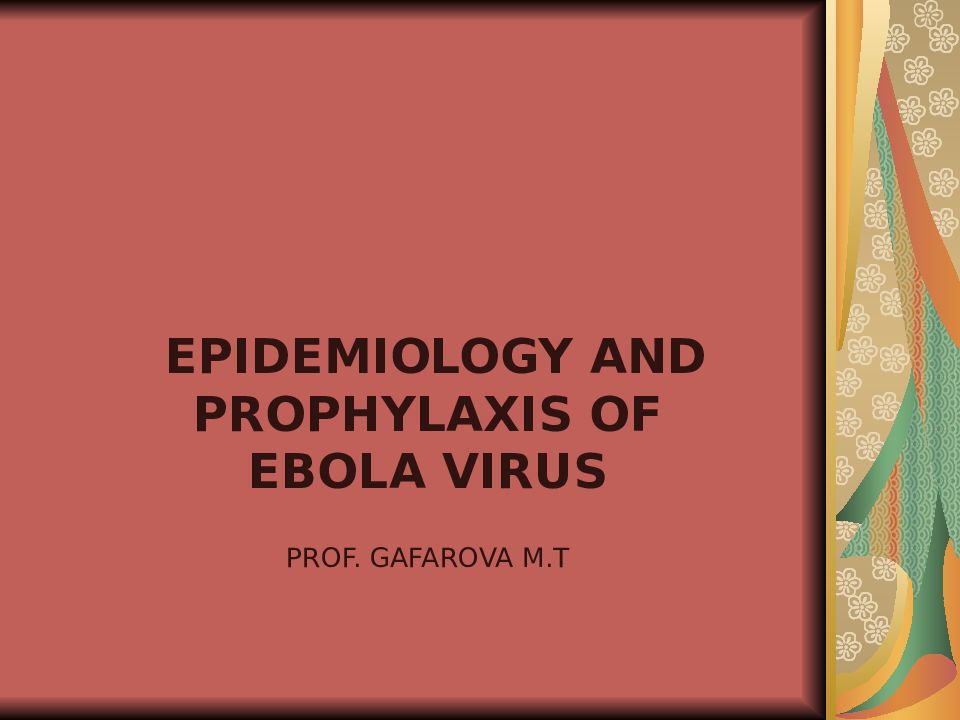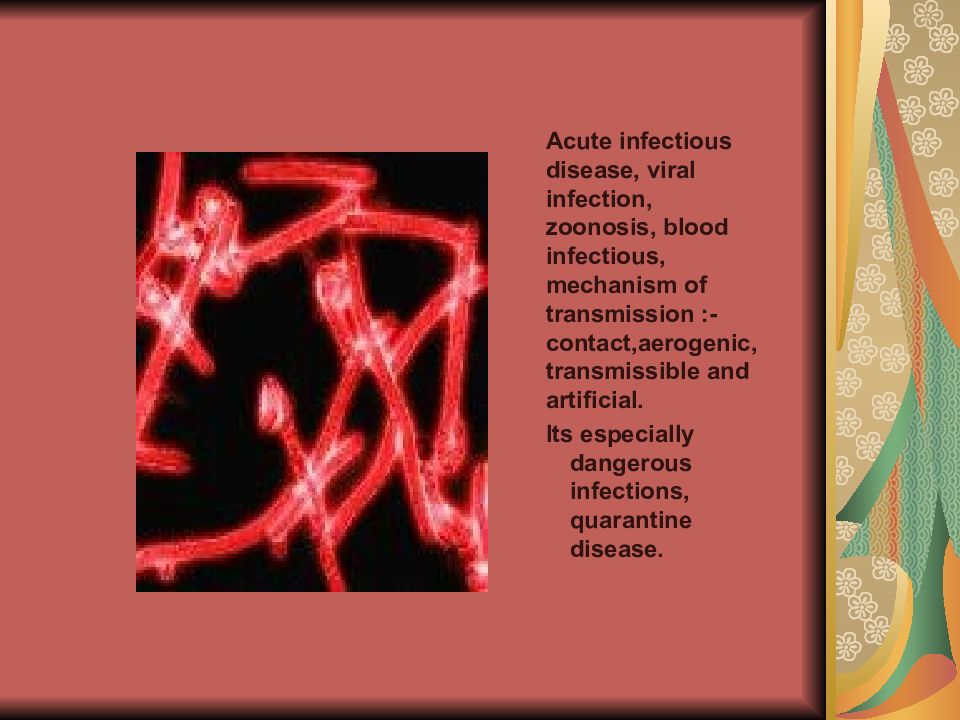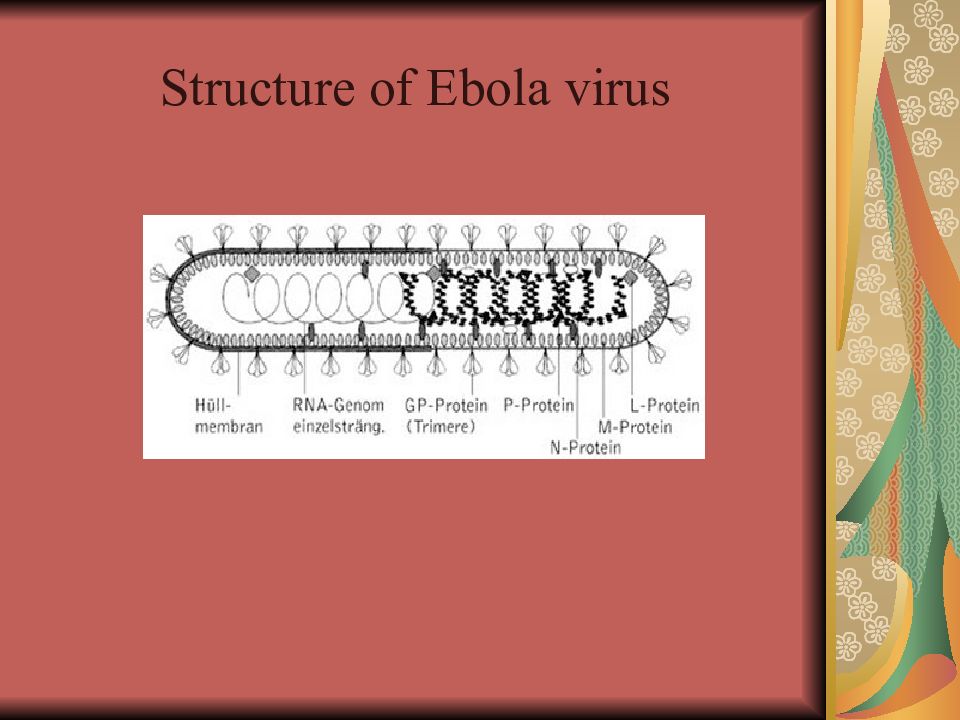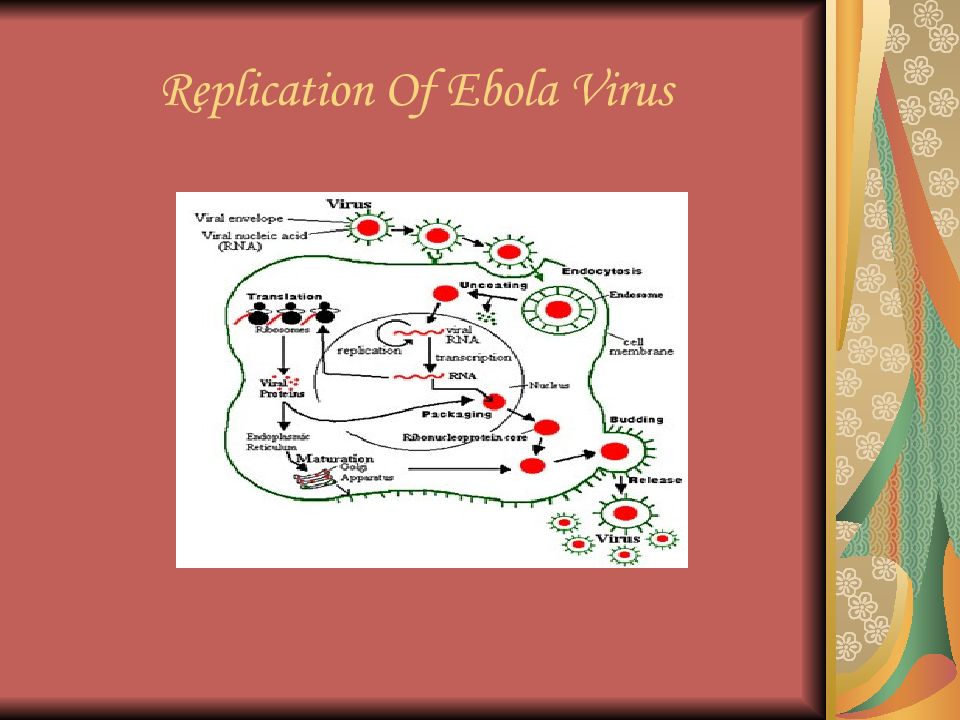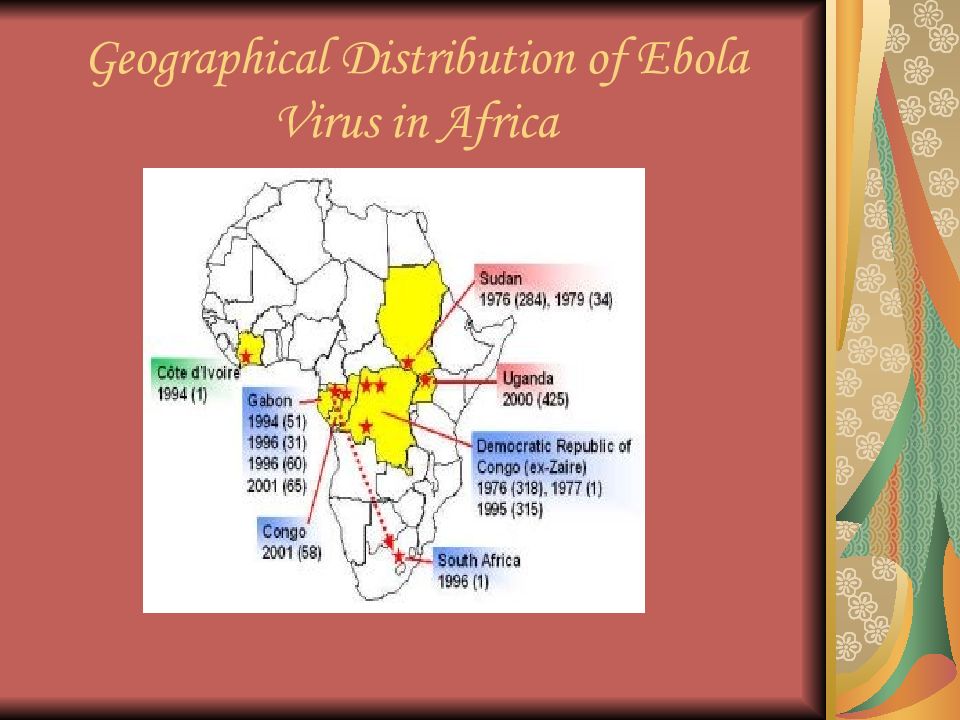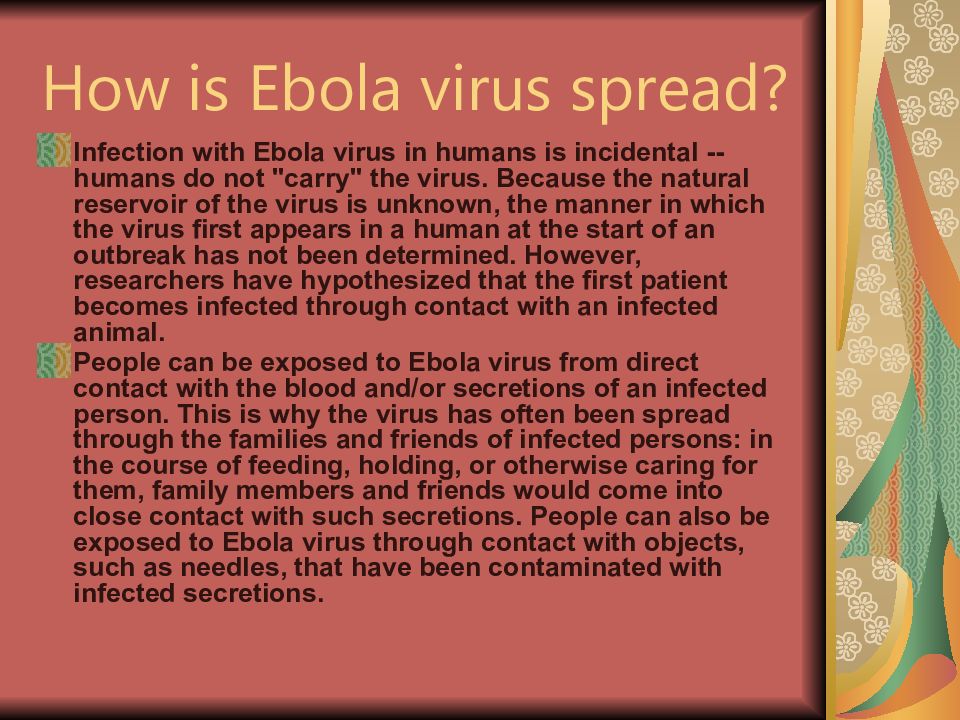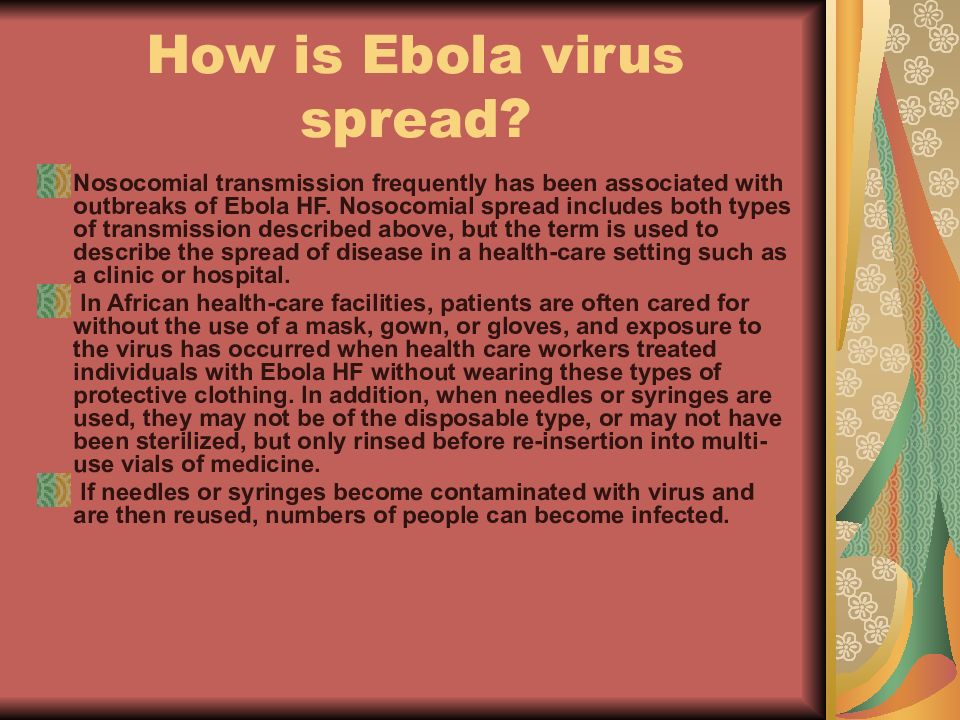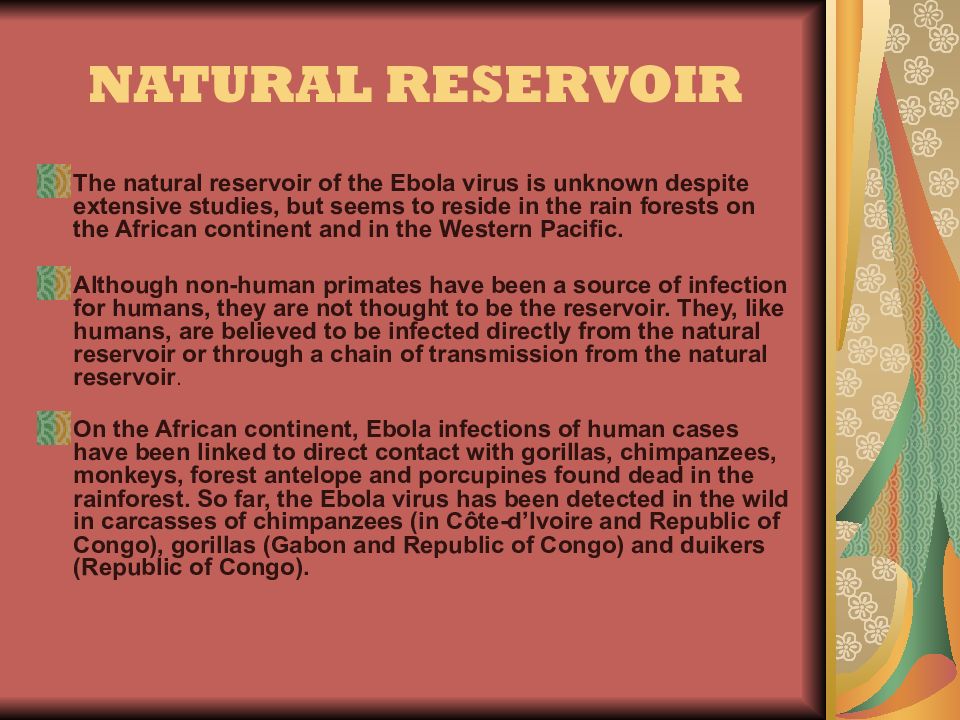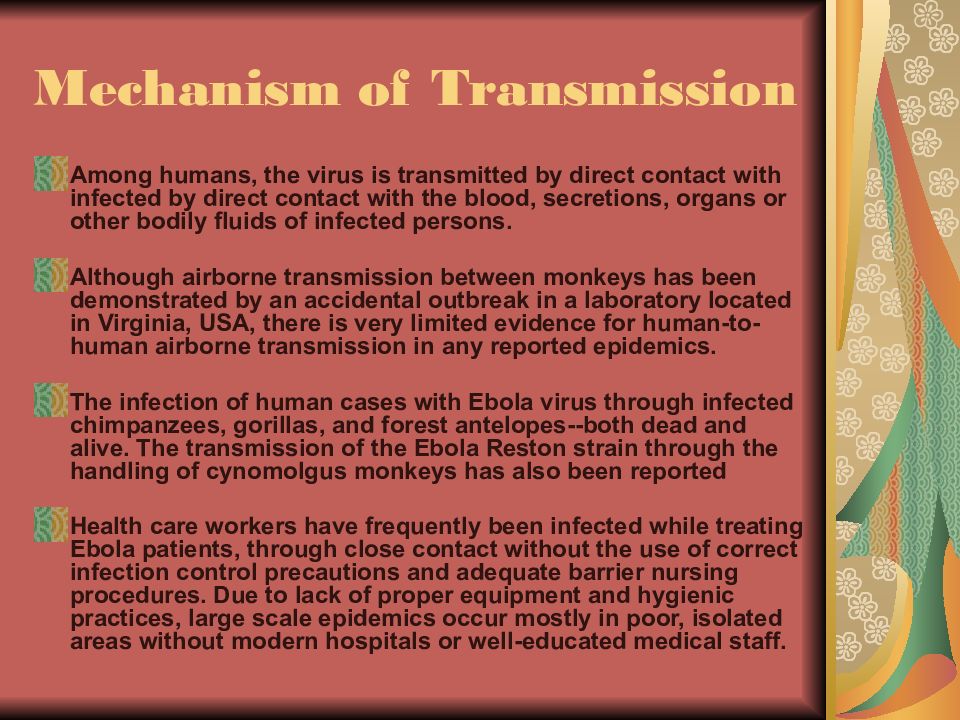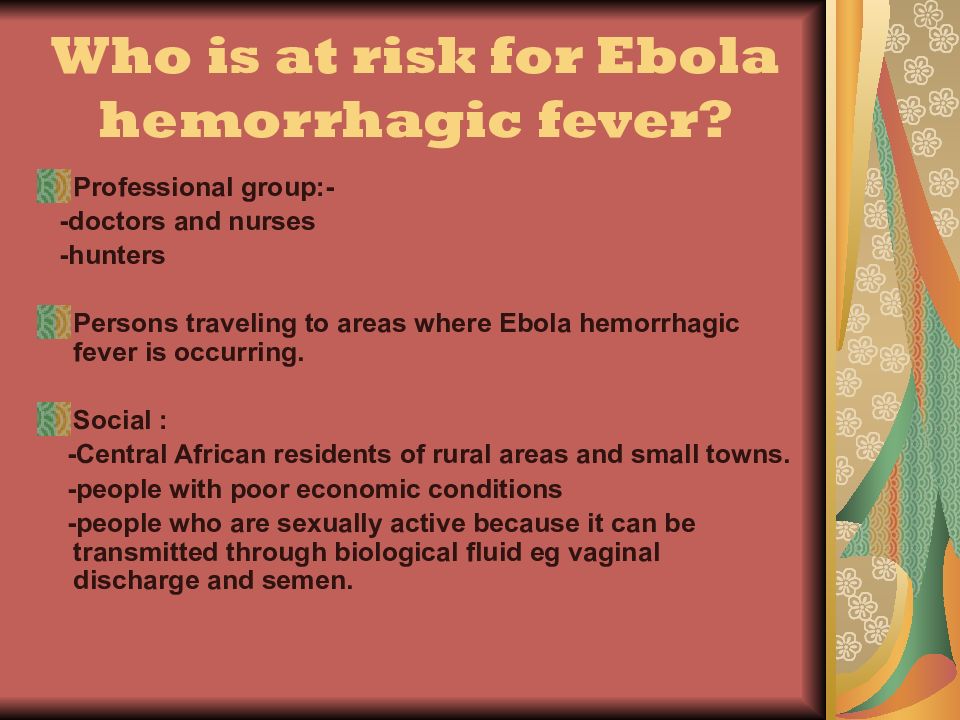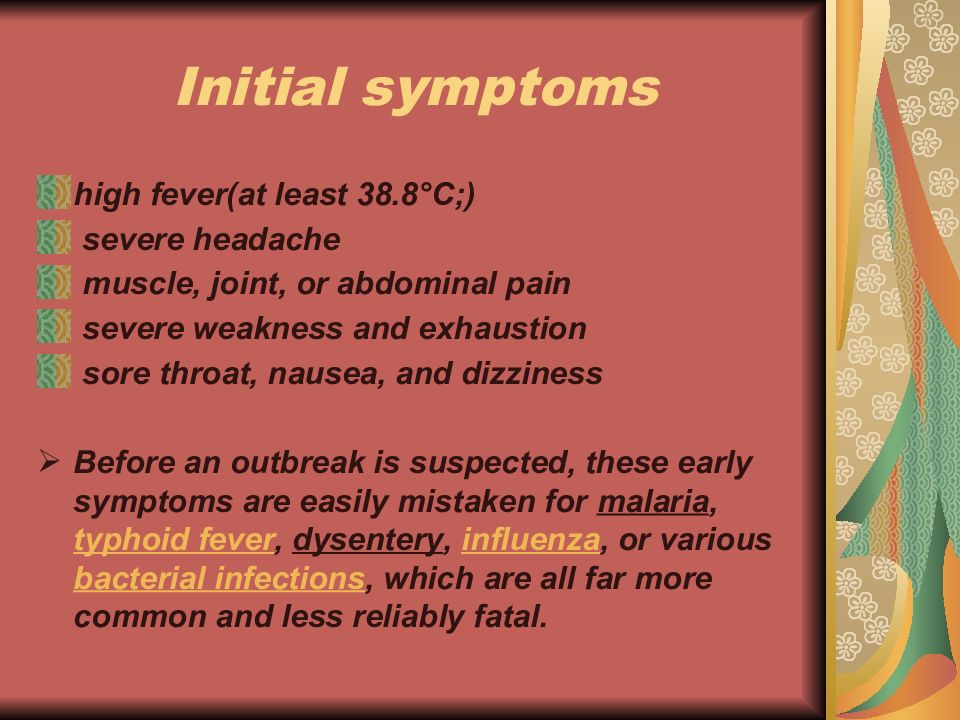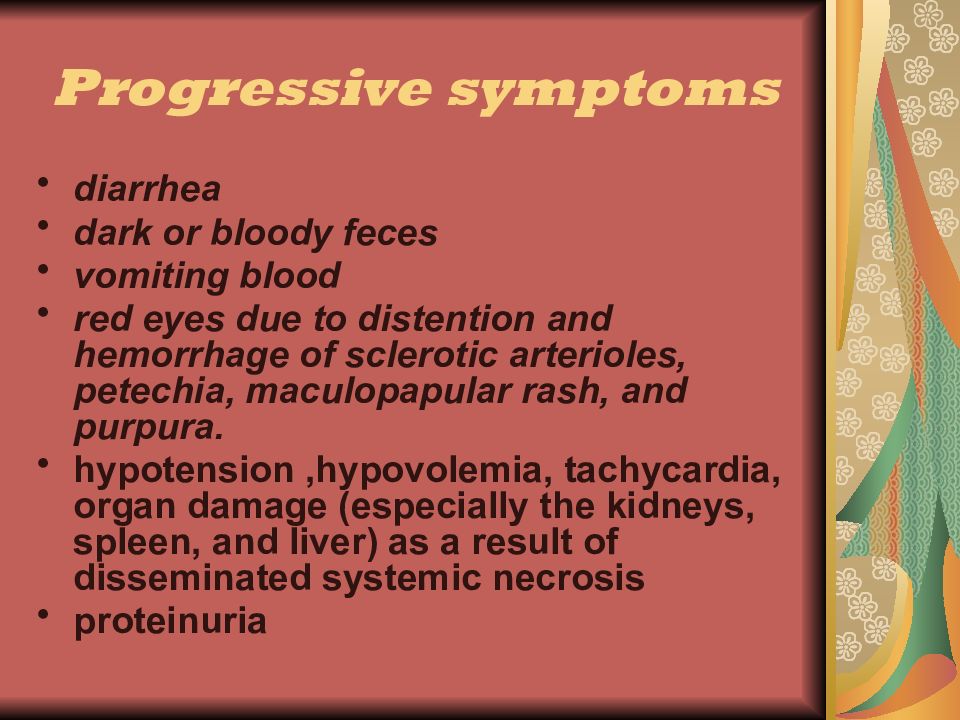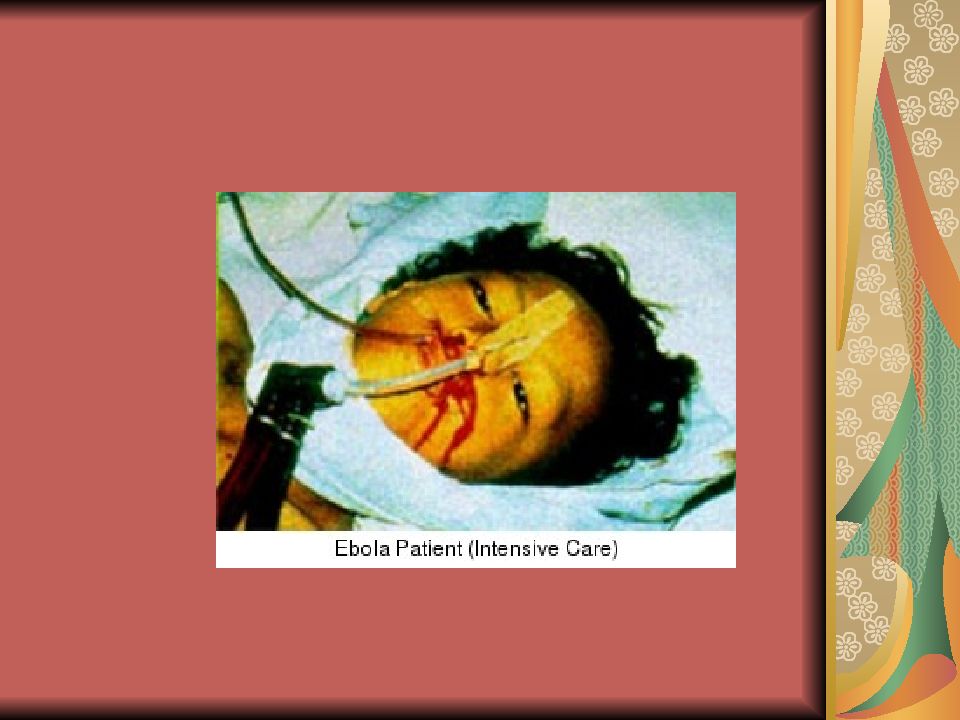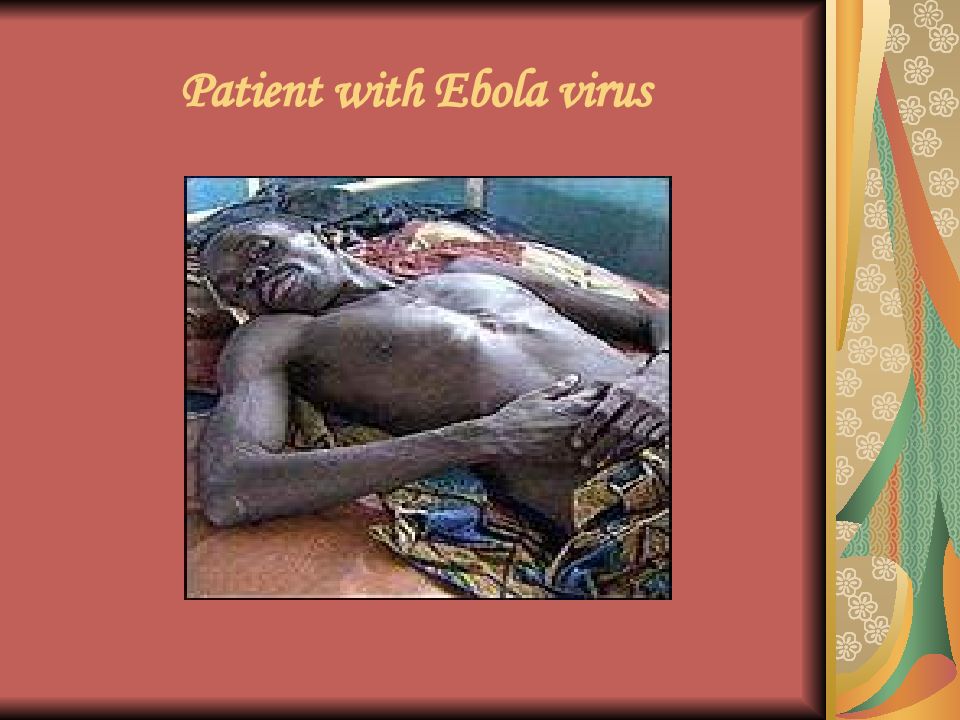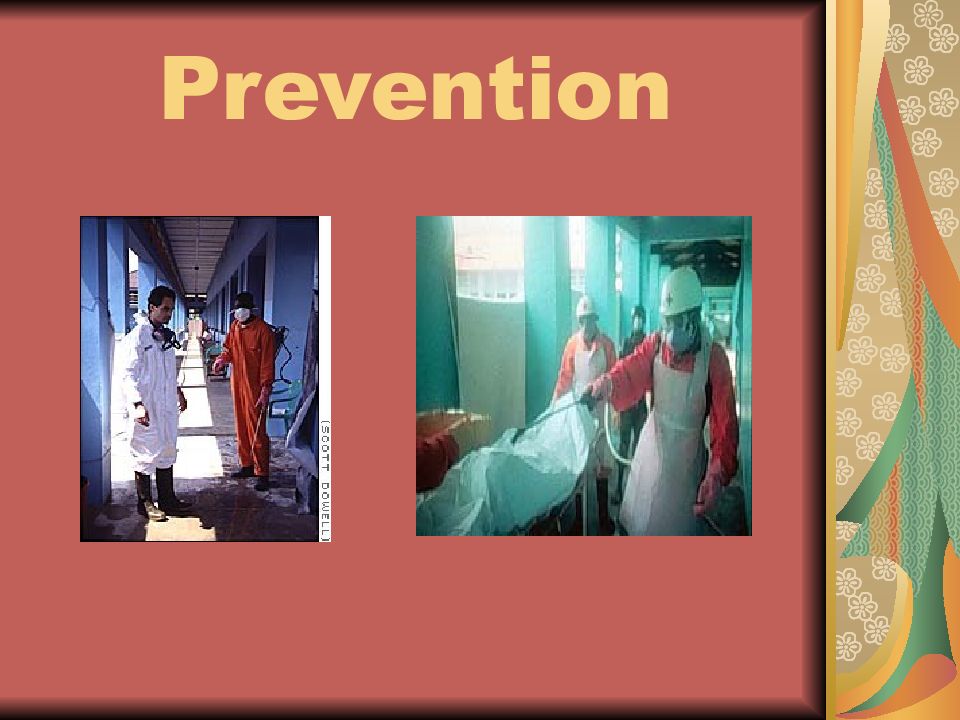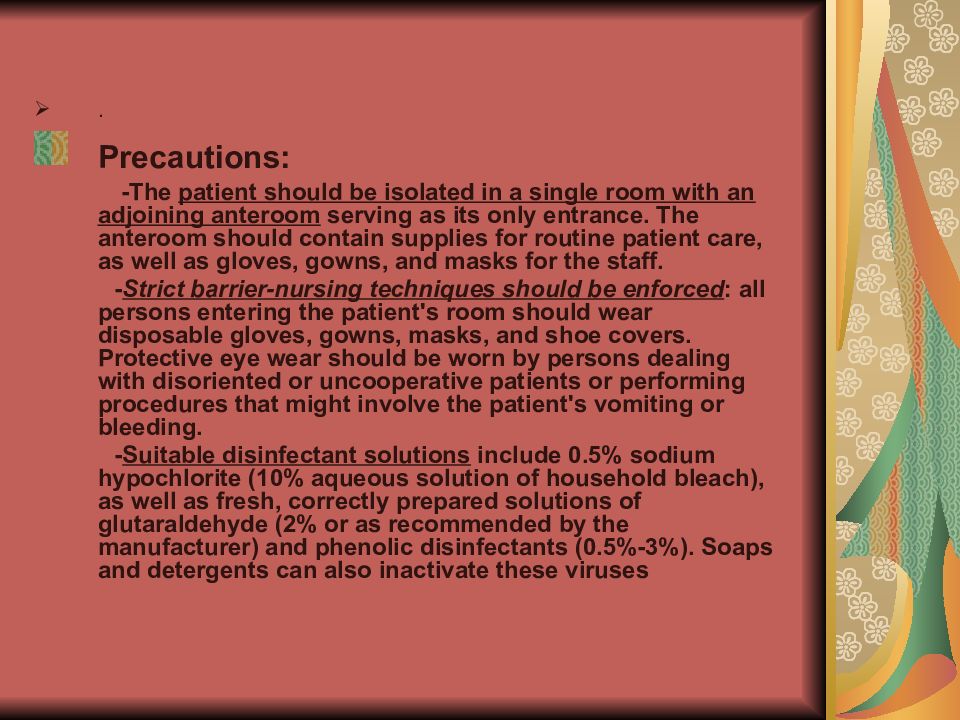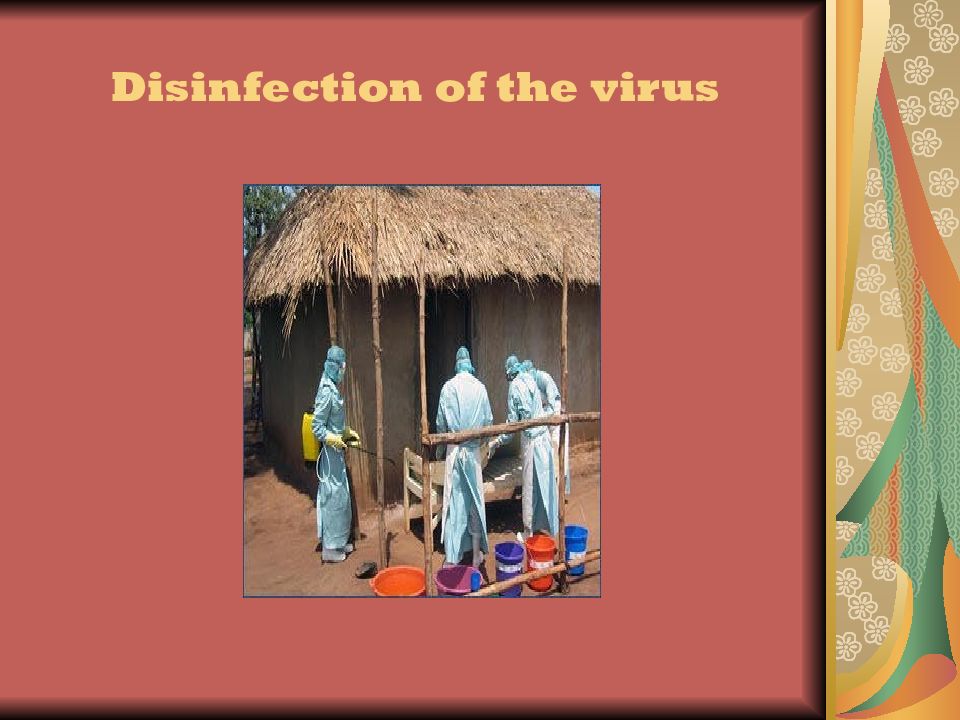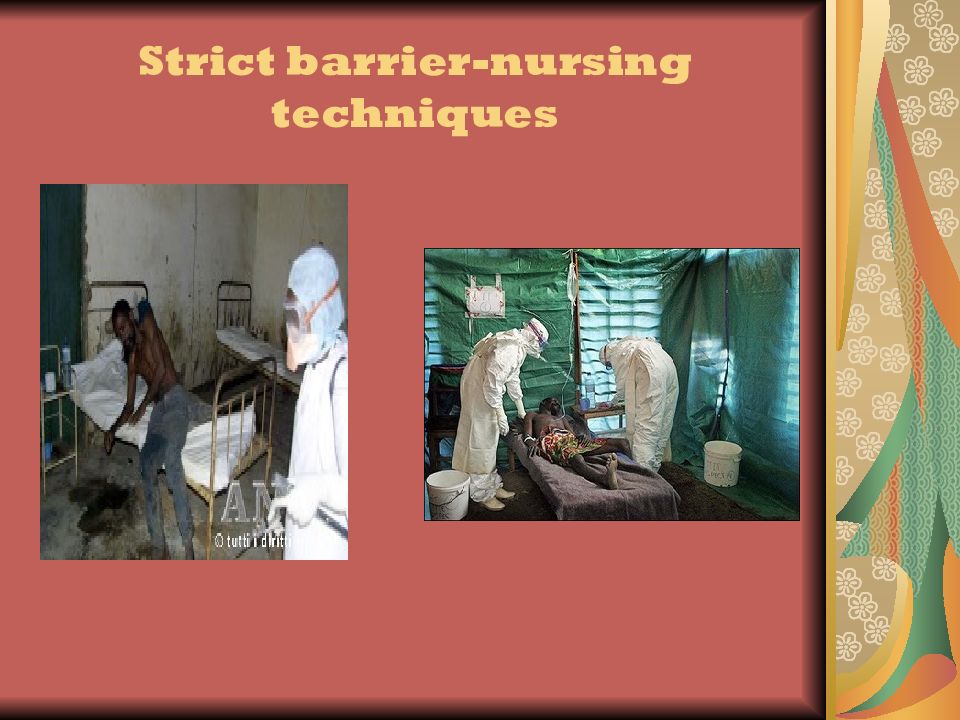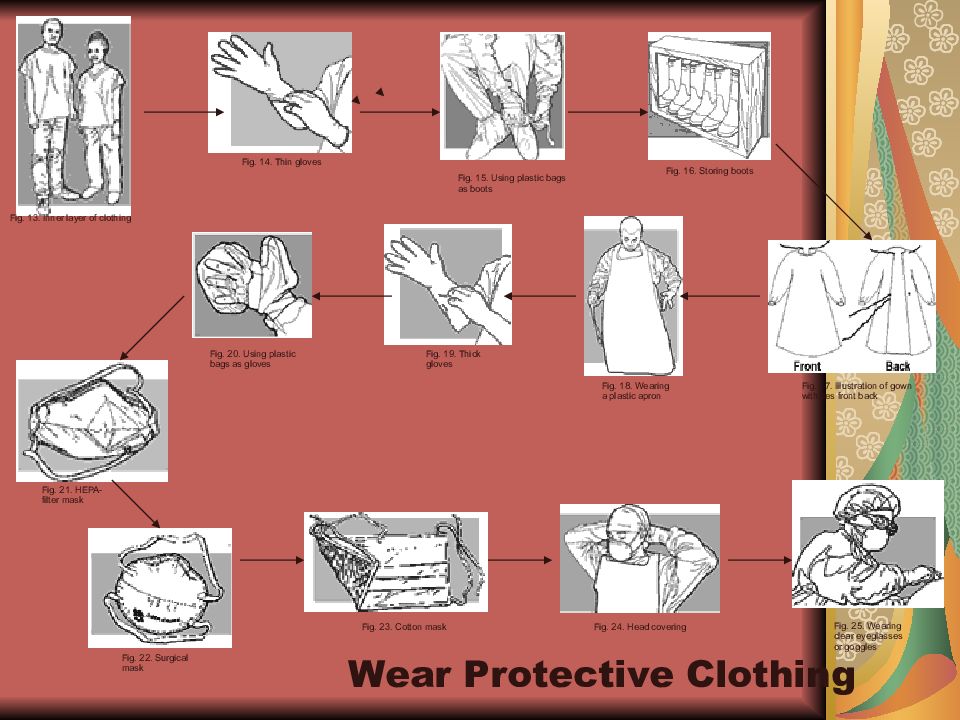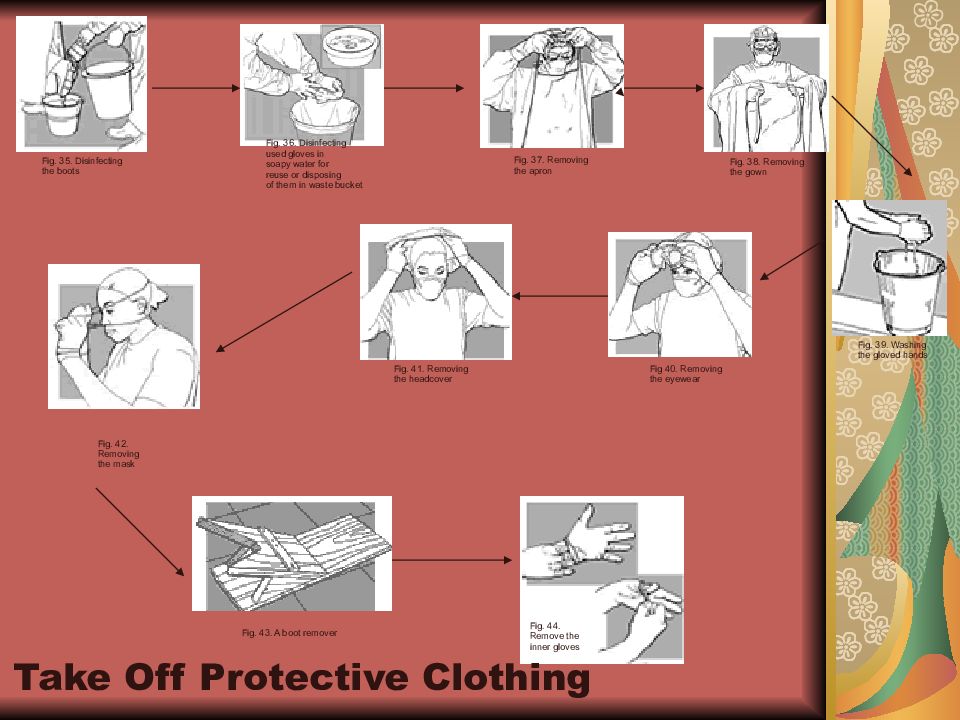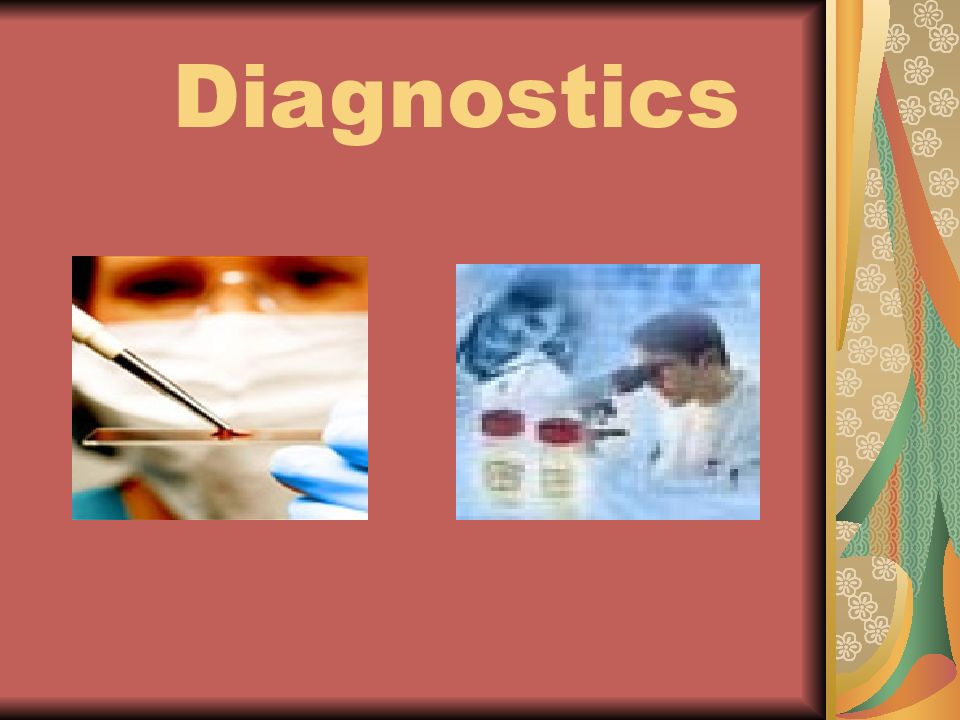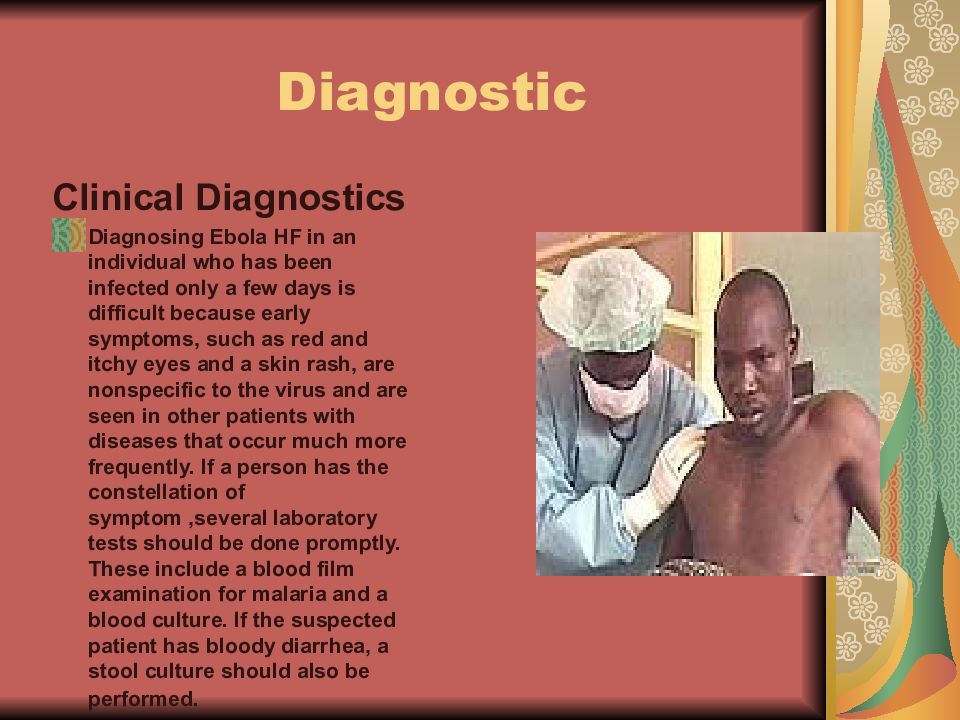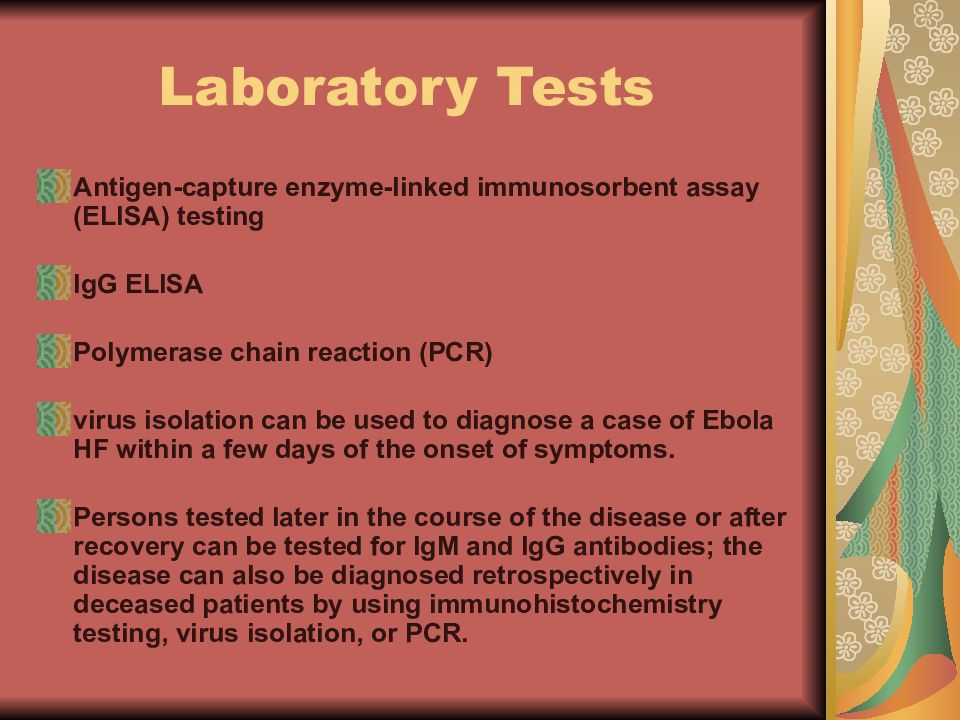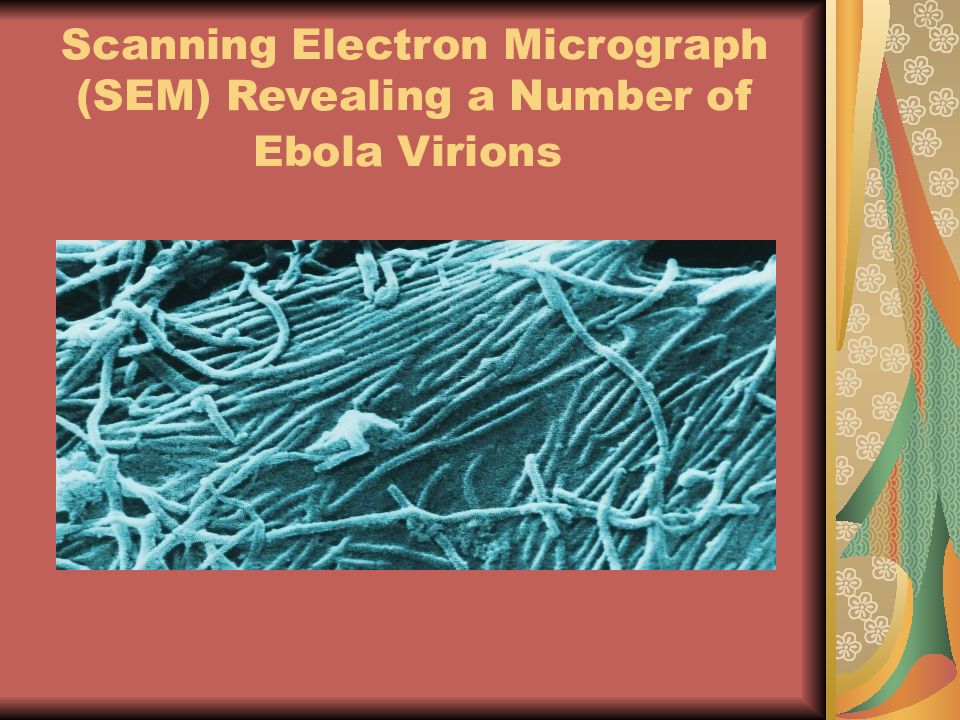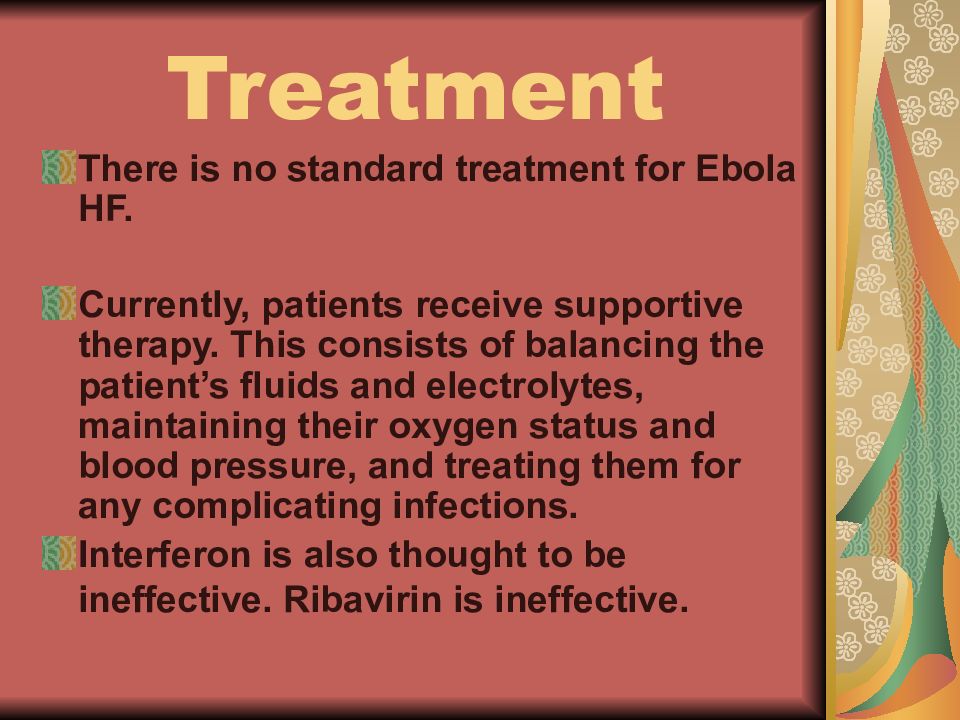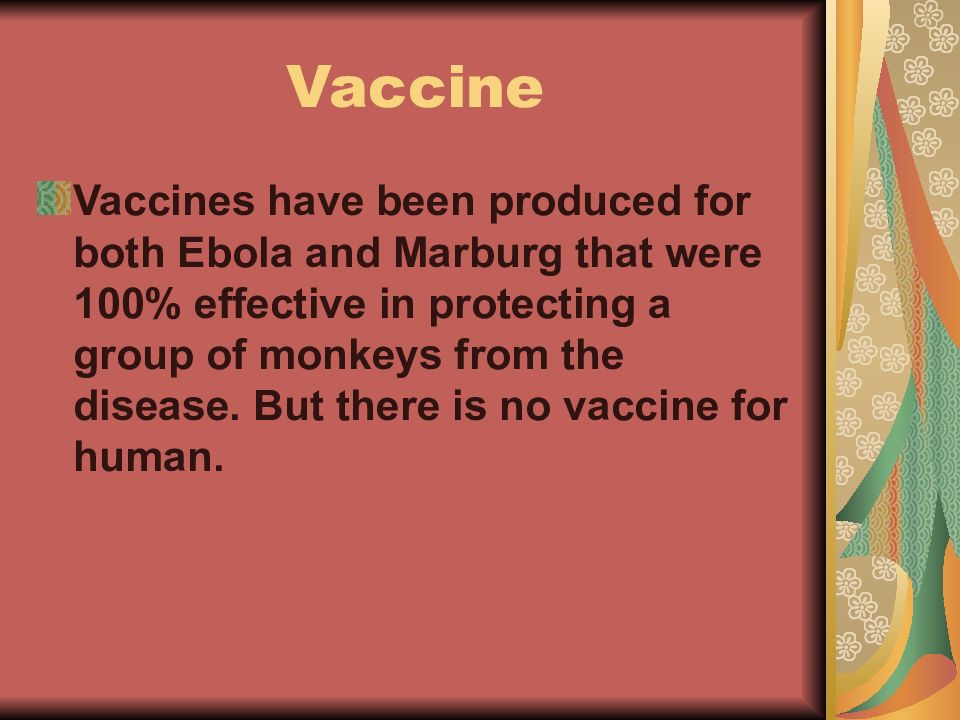Первый слайд презентации
EPIDEMIOLOGY AND PROPHYLAXIS OF EBOLA VIRUS PROF. GAFAROVA M.T
Слайд 2
Acute infectious disease, viral infection, zoonosis, blood infectious, mechanism of transmission :- contact,aerogenic,transmissible and artificial. Its especially dangerous infections, quarantine disease.
Слайд 3: INTRODUCTION
Ebola is the common term for a group of viruses belonging to genus Ebolavirus, family Filoviridae, and for the disease which they cause, Ebola hemorrhagic fever. Subtypes :- Zaïre ebolavirus - Sudan ebolavirus - Reston ebolavirus - Tai (Ivory Coast) Ebolavirus - Bundibugyo Electron micrographs of members of Ebolavirus show them to have the characteristic thread-like structure of a filovirus. The virions are tubular and variable in shape and may appear as a "U", "6", coiled, circular, or branched shape, however, laboratory purification techniques, such as centrifugation, may contribute to the various shapes. Virions are generally 80 nm in diameter.
Слайд 5: Replication Of Ebola Virus
Слайд 8: How is Ebola virus spread?
Infection with Ebola virus in humans is incidental -- humans do not "carry" the virus. Because the natural reservoir of the virus is unknown, the manner in which the virus first appears in a human at the start of an outbreak has not been determined. However, researchers have hypothesized that the first patient becomes infected through contact with an infected animal. People can be exposed to Ebola virus from direct contact with the blood and/or secretions of an infected person. This is why the virus has often been spread through the families and friends of infected persons: in the course of feeding, holding, or otherwise caring for them, family members and friends would come into close contact with such secretions. People can also be exposed to Ebola virus through contact with objects, such as needles, that have been contaminated with infected secretions.
Слайд 9: How is Ebola virus spread?
Nosocomial transmission frequently has been associated with outbreaks of Ebola HF. Nosocomial spread includes both types of transmission described above, but the term is used to describe the spread of disease in a health-care setting such as a clinic or hospital. In African health-care facilities, patients are often cared for without the use of a mask, gown, or gloves, and exposure to the virus has occurred when health care workers treated individuals with Ebola HF without wearing these types of protective clothing. In addition, when needles or syringes are used, they may not be of the disposable type, or may not have been sterilized, but only rinsed before re-insertion into multi-use vials of medicine. If needles or syringes become contaminated with virus and are then reused, numbers of people can become infected.
Слайд 10: NATURAL RESERVOIR
The natural reservoir of the Ebola virus is unknown despite extensive studies, but seems to reside in the rain forests on the African continent and in the Western Pacific. Although non-human primates have been a source of infection for humans, they are not thought to be the reservoir. They, like humans, are believed to be infected directly from the natural reservoir or through a chain of transmission from the natural reservoir. On the African continent, Ebola infections of human cases have been linked to direct contact with gorillas, chimpanzees, monkeys, forest antelope and porcupines found dead in the rainforest. So far, the Ebola virus has been detected in the wild in carcasses of chimpanzees (in Côte-d’Ivoire and Republic of Congo), gorillas (Gabon and Republic of Congo) and duikers (Republic of Congo).
Слайд 11: Mechanism of Transmission
Among humans, the virus is transmitted by direct contact with infected by direct contact with the blood, secretions, organs or other bodily fluids of infected persons. Although airborne transmission between monkeys has been demonstrated by an accidental outbreak in a laboratory located in Virginia, USA, there is very limited evidence for human-to-human airborne transmission in any reported epidemics. The infection of human cases with Ebola virus through infected chimpanzees, gorillas, and forest antelopes--both dead and alive. The transmission of the Ebola Reston strain through the handling of cynomolgus monkeys has also been reported Health care workers have frequently been infected while treating Ebola patients, through close contact without the use of correct infection control precautions and adequate barrier nursing procedures. Due to lack of proper equipment and hygienic practices, large scale epidemics occur mostly in poor, isolated areas without modern hospitals or well-educated medical staff. I
Слайд 12: Who is at risk for Ebola hemorrhagic fever?
Professional group:- -doctors and nurses -hunters Persons traveling to areas where Ebola hemorrhagic fever is occurring. Social : -Central African residents of rural areas and small towns. -people with poor economic conditions -people who are sexually active because it can be transmitted through biological fluid eg vaginal discharge and semen.
Слайд 14: Initial symptoms
high fever(at least 38.8°C;) severe headache muscle, joint, or abdominal pain severe weakness and exhaustion sore throat, nausea, and dizziness Before an outbreak is suspected, these early symptoms are easily mistaken for malaria, typhoid fever, dysentery, influenza, or various bacterial infections, which are all far more common and less reliably fatal.
Слайд 15: Progressive symptoms
diarrhea dark or bloody feces vomiting blood red eyes due to distention and hemorrhage of sclerotic arterioles, petechia, maculopapular rash, and purpura. hypotension,hypovolemia, tachycardia, organ damage (especially the kidneys, spleen, and liver) as a result of disseminated systemic necrosis proteinuria
Слайд 19
. Precautions: -The patient should be isolated in a single room with an adjoining anteroom serving as its only entrance. The anteroom should contain supplies for routine patient care, as well as gloves, gowns, and masks for the staff. - Strict barrier-nursing techniques should be enforced : all persons entering the patient's room should wear disposable gloves, gowns, masks, and shoe covers. Protective eye wear should be worn by persons dealing with disoriented or uncooperative patients or performing procedures that might involve the patient's vomiting or bleeding. - Suitable disinfectant solutions include 0.5% sodium hypochlorite (10% aqueous solution of household bleach), as well as fresh, correctly prepared solutions of glutaraldehyde (2% or as recommended by the manufacturer) and phenolic disinfectants (0.5%-3%). Soaps and detergents can also inactivate these viruses
Слайд 23: Infection Control for Viral Haemorrhagic Fevers In the African Health Care Setting"
Слайд 24
Fig. 13. Inner layer of clothing Fig. 14. Thin gloves Fig. 15. Using plastic bags as boots Fig. 16. Storing boots Fig. 17. Illustration of gown with ties front back Fig. 18. Wearing a plastic apron Fig. 19. Thick gloves Fig. 20. Using plastic bags as gloves Fig. 21. HEPA- filter mask Fig. 22. Surgical mask Fig. 23. Cotton mask Fig. 24. Head covering Fig. 25. Wearing clear eyeglasses or goggles Wear Protective Clothing
Слайд 25
Fig. 35. Disinfecting the boots Fig. 36. Disinfecting used gloves in soapy water for reuse or disposing of them in waste bucket Fig. 37. Removing the apron Fig. 38. Removing the gown Fig. 39. Washing the gloved hands Fig 40. Removing the eyewear Fig. 41. Removing the headcover Fig. 42. Removing the mask Fig. 43. A boot remover Fig. 44. Remove the inner gloves Take Off Protective Clothing
Слайд 27: Diagnostic
Clinical Diagnostics Diagnosing Ebola HF in an individual who has been infected only a few days is difficult because early symptoms, such as red and itchy eyes and a skin rash, are nonspecific to the virus and are seen in other patients with diseases that occur much more frequently. If a person has the constellation of symptom,several laboratory tests should be done promptly. These include a blood film examination for malaria and a blood culture. If the suspected patient has bloody diarrhea, a stool culture should also be performed.
Слайд 28: Laboratory Tests
Antigen-capture enzyme-linked immunosorbent assay (ELISA) testing IgG ELISA Polymerase chain reaction (PCR) virus isolation can be used to diagnose a case of Ebola HF within a few days of the onset of symptoms. Persons tested later in the course of the disease or after recovery can be tested for IgM and IgG antibodies; the disease can also be diagnosed retrospectively in deceased patients by using immunohistochemistry testing, virus isolation, or PCR.
Слайд 30: Treatment
There is no standard treatment for Ebola HF. Currently, patients receive supportive therapy. This consists of balancing the patient’s fluids and electrolytes, maintaining their oxygen status and blood pressure, and treating them for any complicating infections. Interferon is also thought to be ineffective. Ribavirin is ineffective.
Слайд 31: Vaccine
Vaccines have been produced for both Ebola and Marburg that were 100% effective in protecting a group of monkeys from the disease. But there is no vaccine for human.
